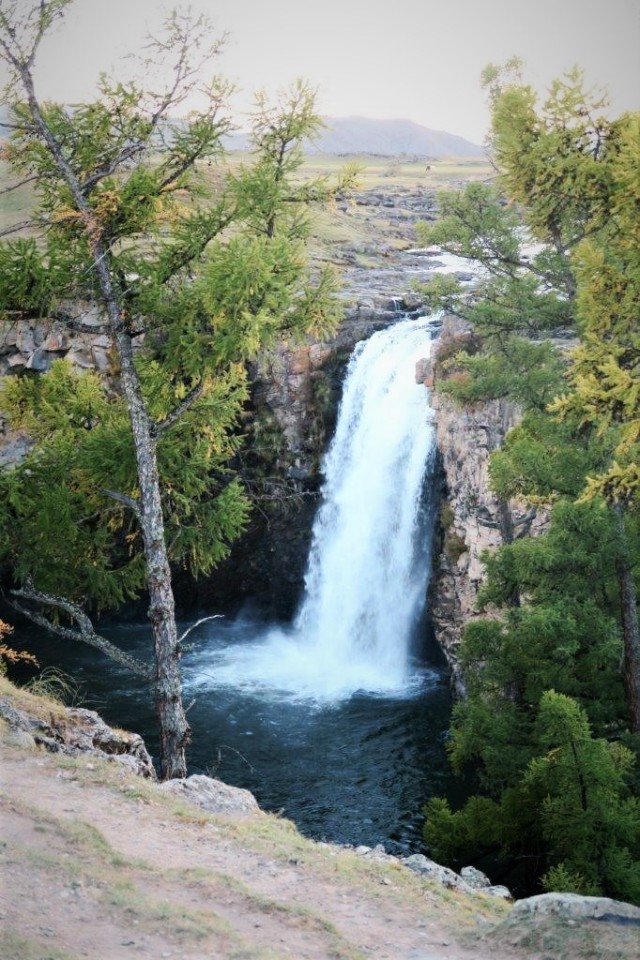
This natural wonder in the Orkhon Valley is the result of an earthquake
and a volcanic eruption that occurred some 20,000 years ago.
Fed by the Orkhon River, the water thunders down the 26-meter high waterfall into an almost perfectly circular basin and the adjoining gorge.
One of the best sights in Central Mongolia
Regardless of which direction you come from, getting there involves a drive of at least 300 kms. It’s a long journey but totally worth it.
From Khujirt, the final 73 km stretch of road to the Orkhon Falls or “Ulaan Tsutgalan” is a bumpy ride, as the road condition is bad due to the rocky surface of protruding volcanic bubbles and stones, littered throughout the Orkhon river valley.
On the plus side, crossing this vast nothingness of undulating hills is an experience by itself. Driving all day without seeing another vehicle is the norm, as is slowing down as goats and sheep scurry out of the way, as well as spotting grazing animals in the distance.
Our 9-hour long drive included two stops for minor car repairs, allowing us to stretch our legs and marvel anew at the eternal blue skies. Despite daily doses since landing in Ulaanbaatar, I never seem to tire or get enough of it.
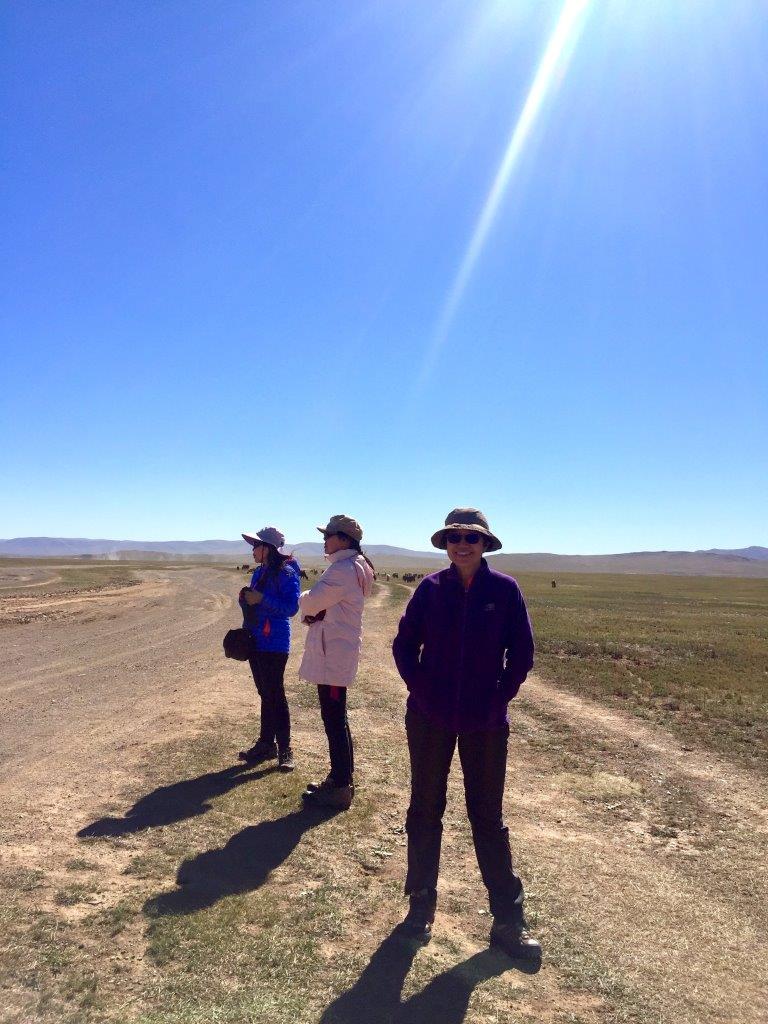
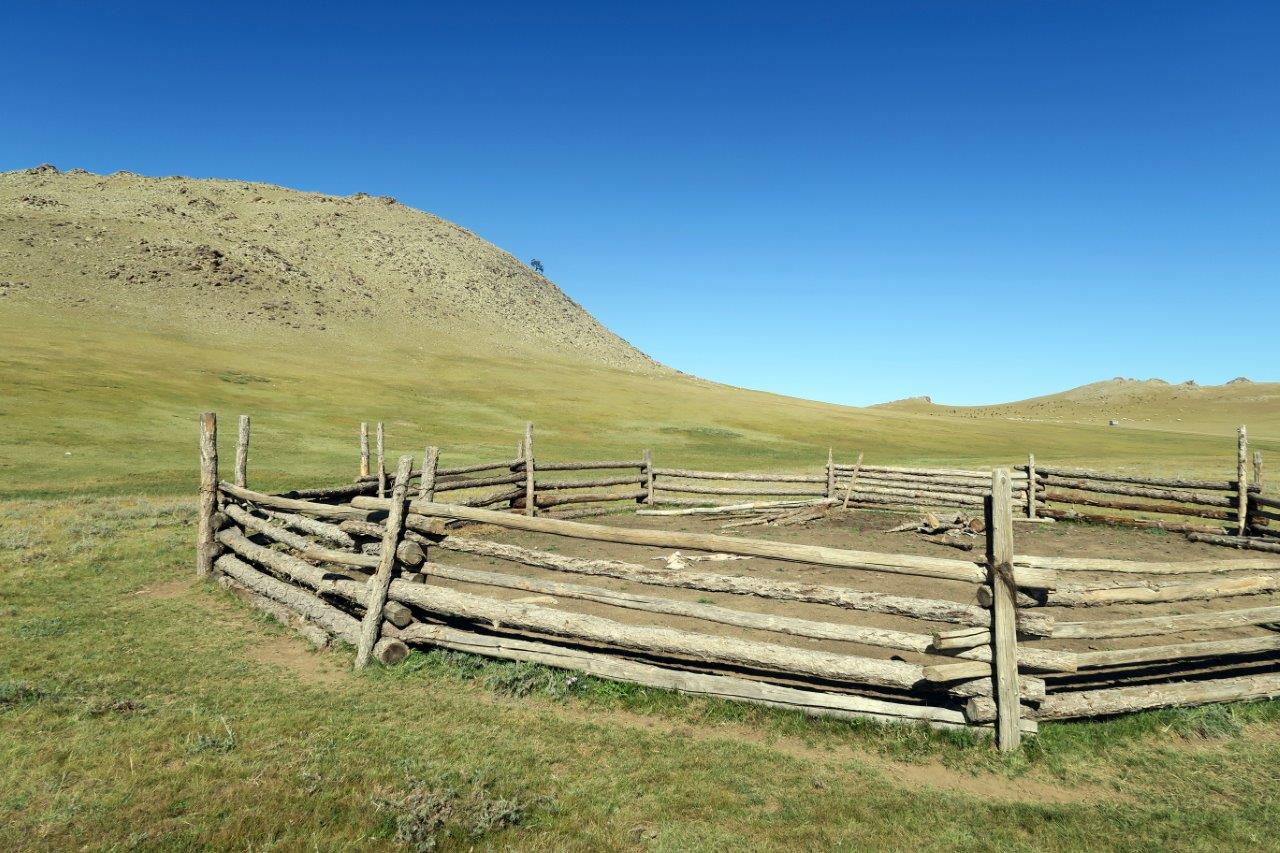

The second stop was just outside of Orkhon Valley, which presented an opportunity to get up close with semi-wild horses and yaks.
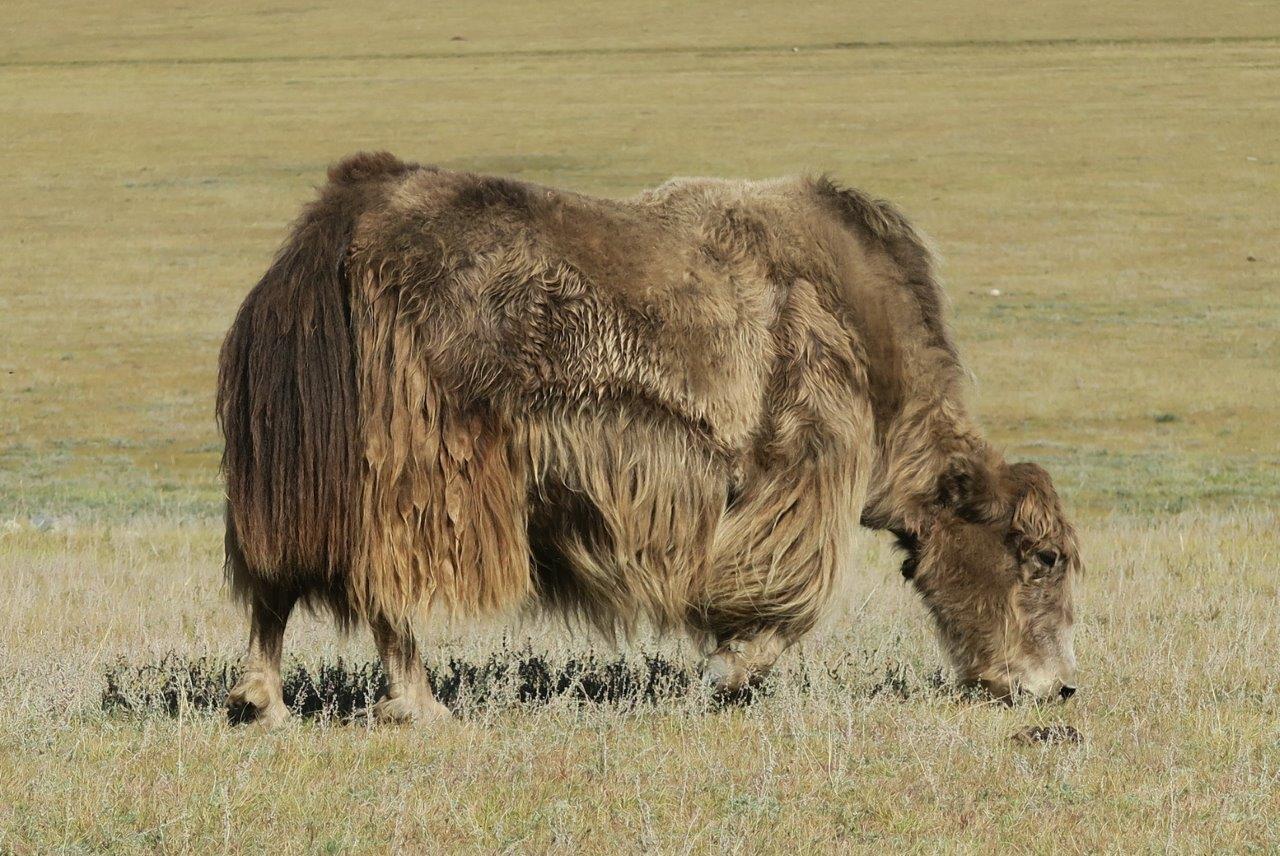
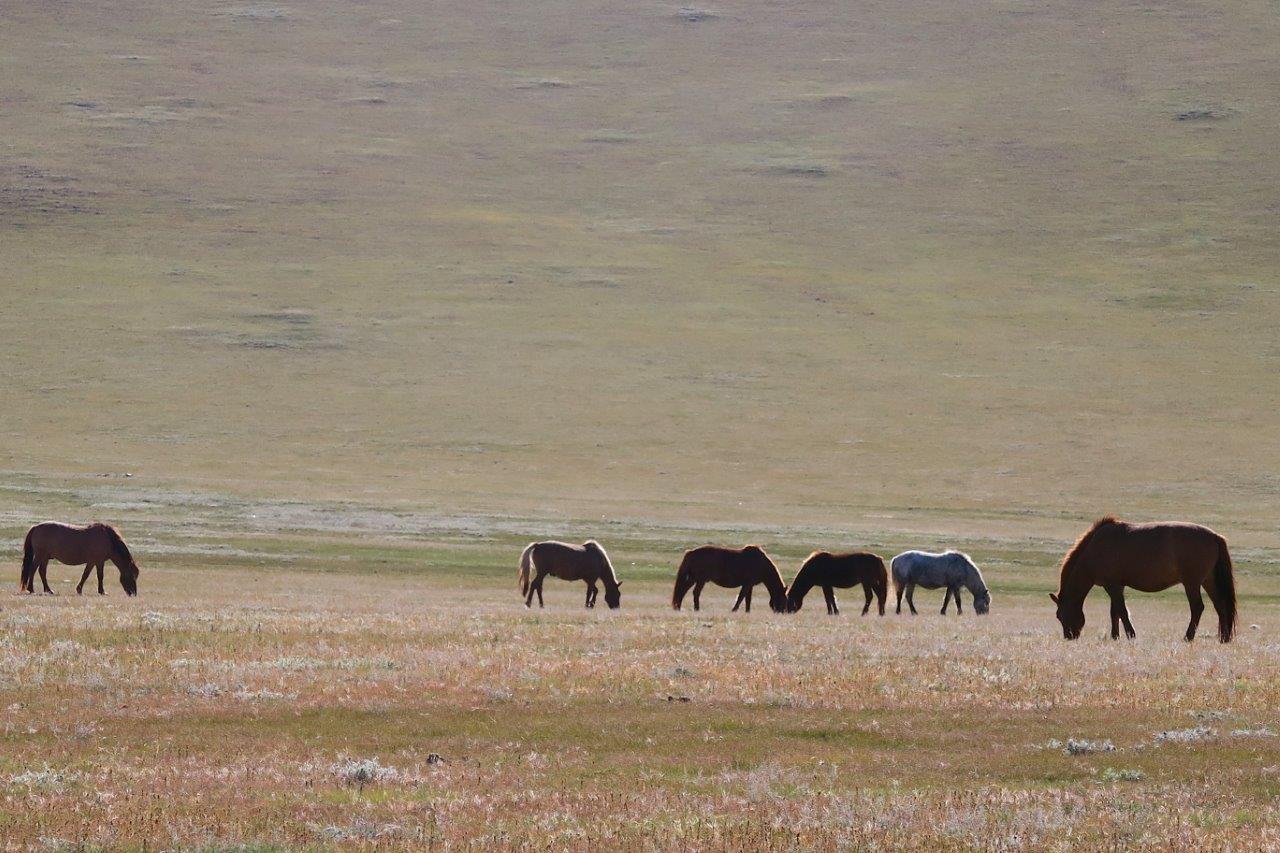
Finally at 4.30pm, we entered the valley, stopping for a view of the Orkhon River. The longest river in Mongolia is likened to a blue snake flowing in the middle of a lush green valley between two mountain ranges. An hour later, we arrived at our Ger-camp for the night.
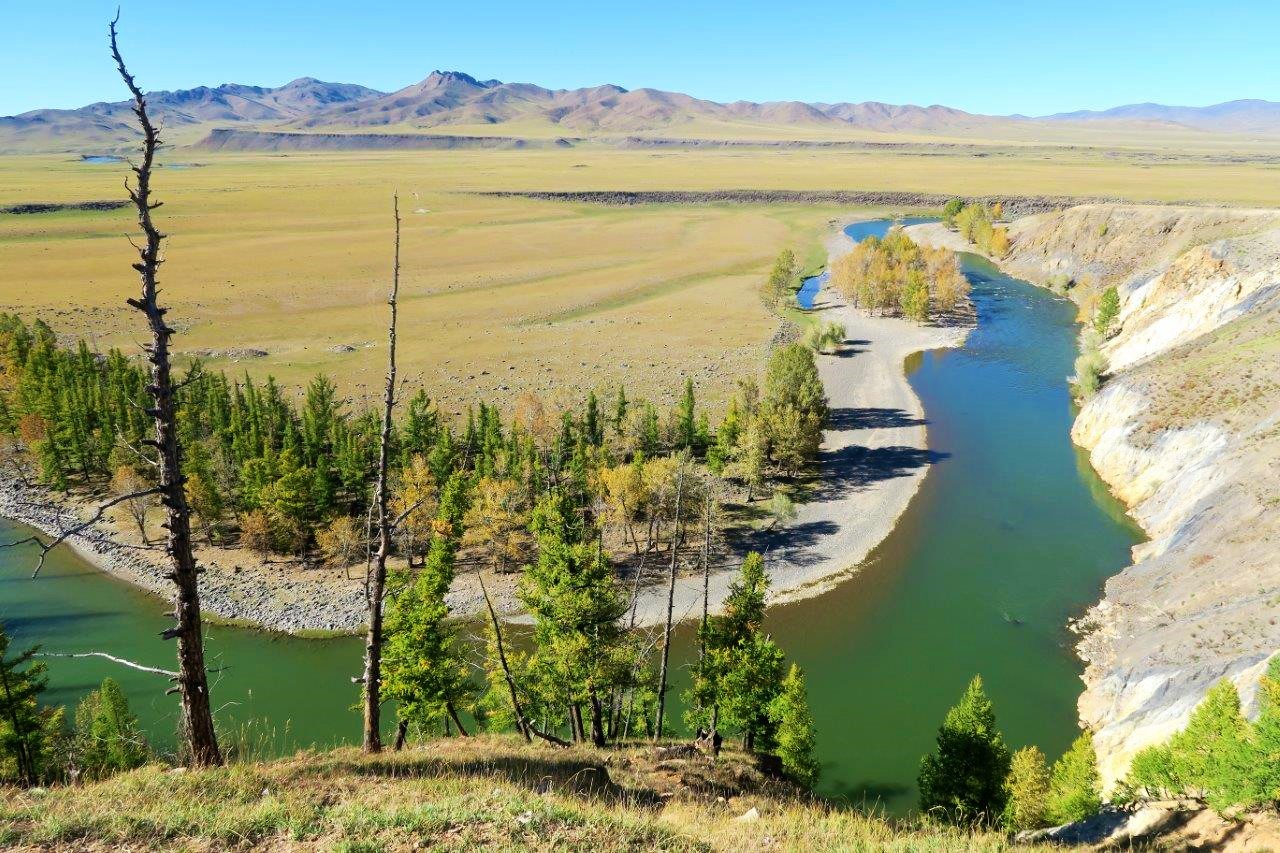
Immediately after unloading our bags, we wasted no time getting to the waterfall. It took just over 20 minutes to cover the 1 km of mostly flat terrain. Though the sun was blazing, it was an invigorating walk as the cold air had a nifty bite.
Along the way, we encountered scenic sights of the occasional hut and wooden structure, against the backdrop of distant mountain ranges.
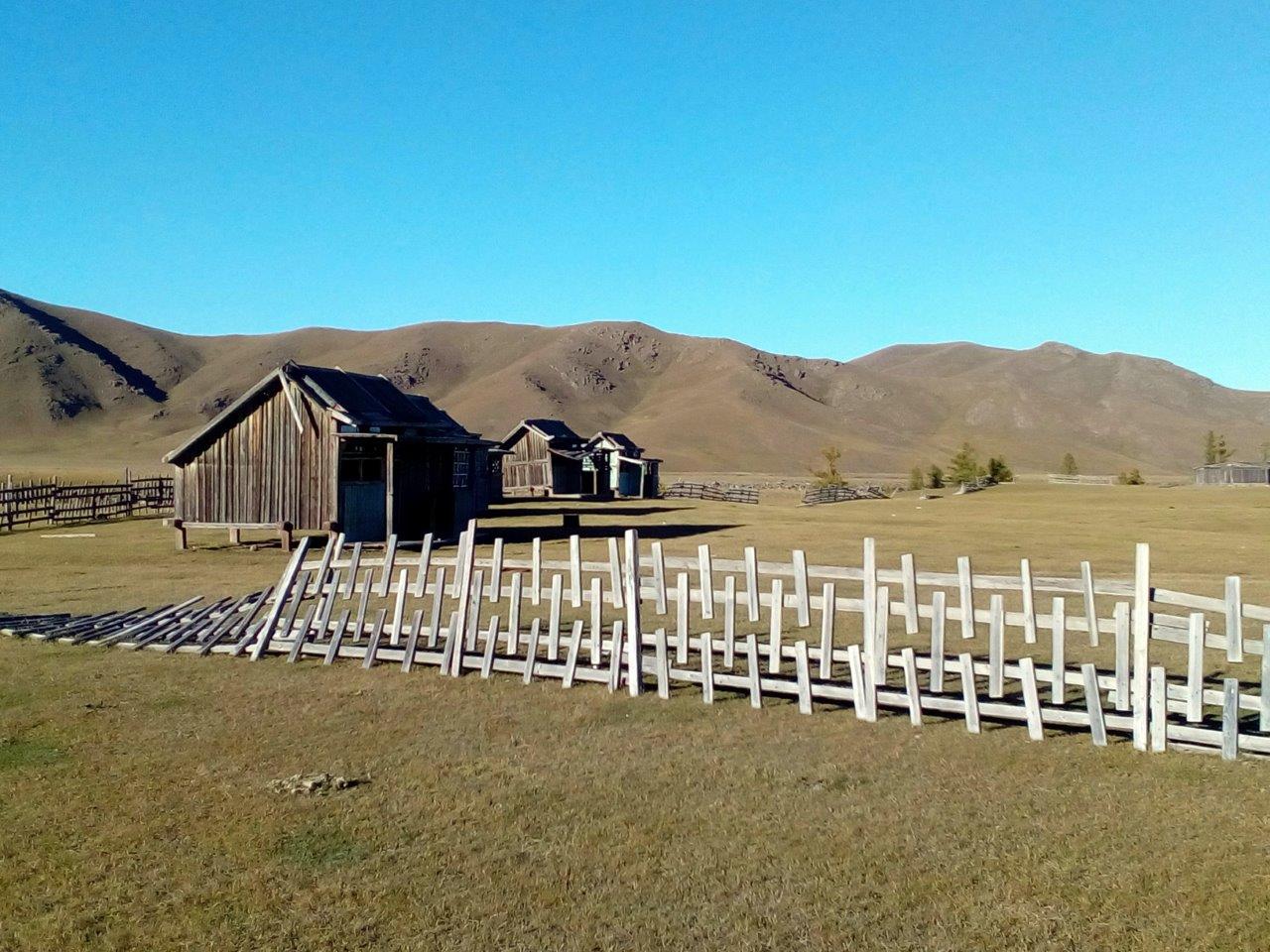
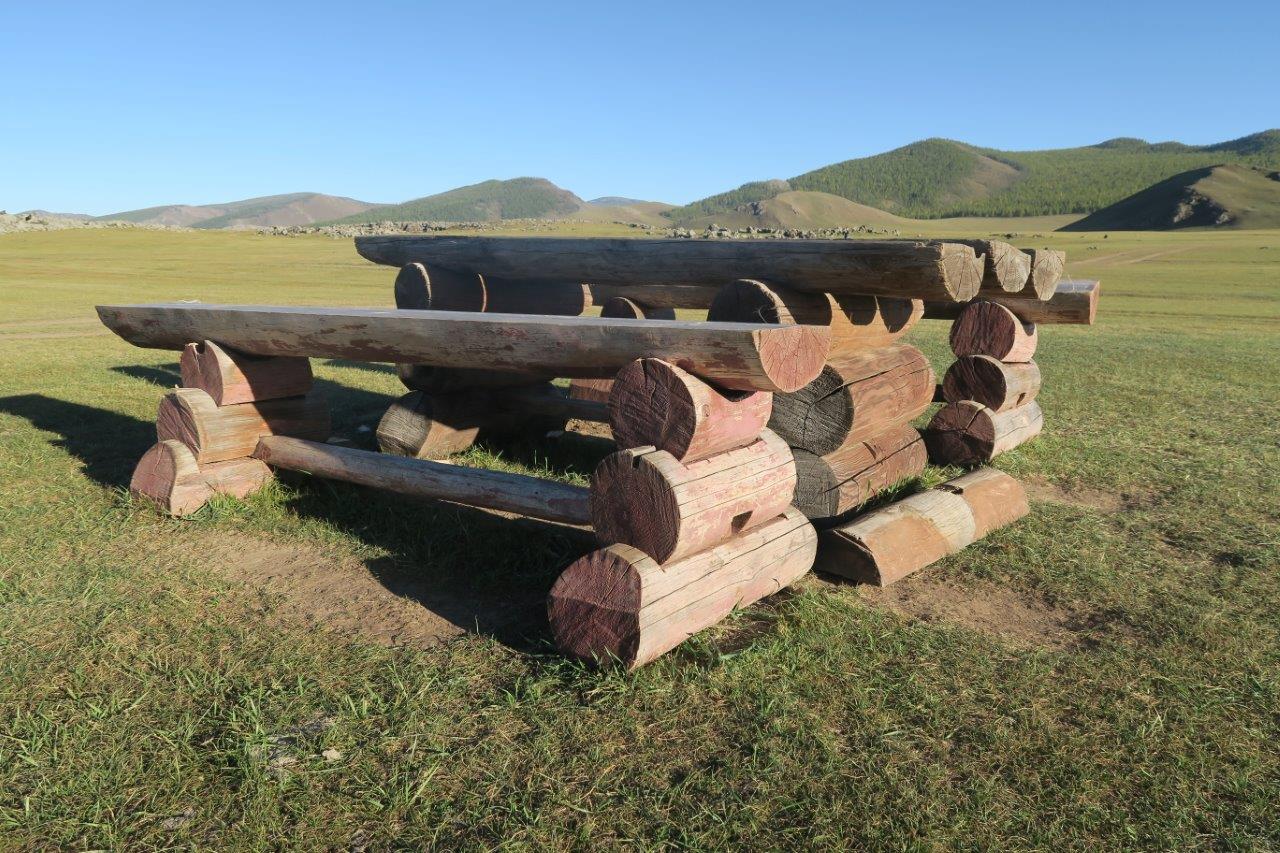
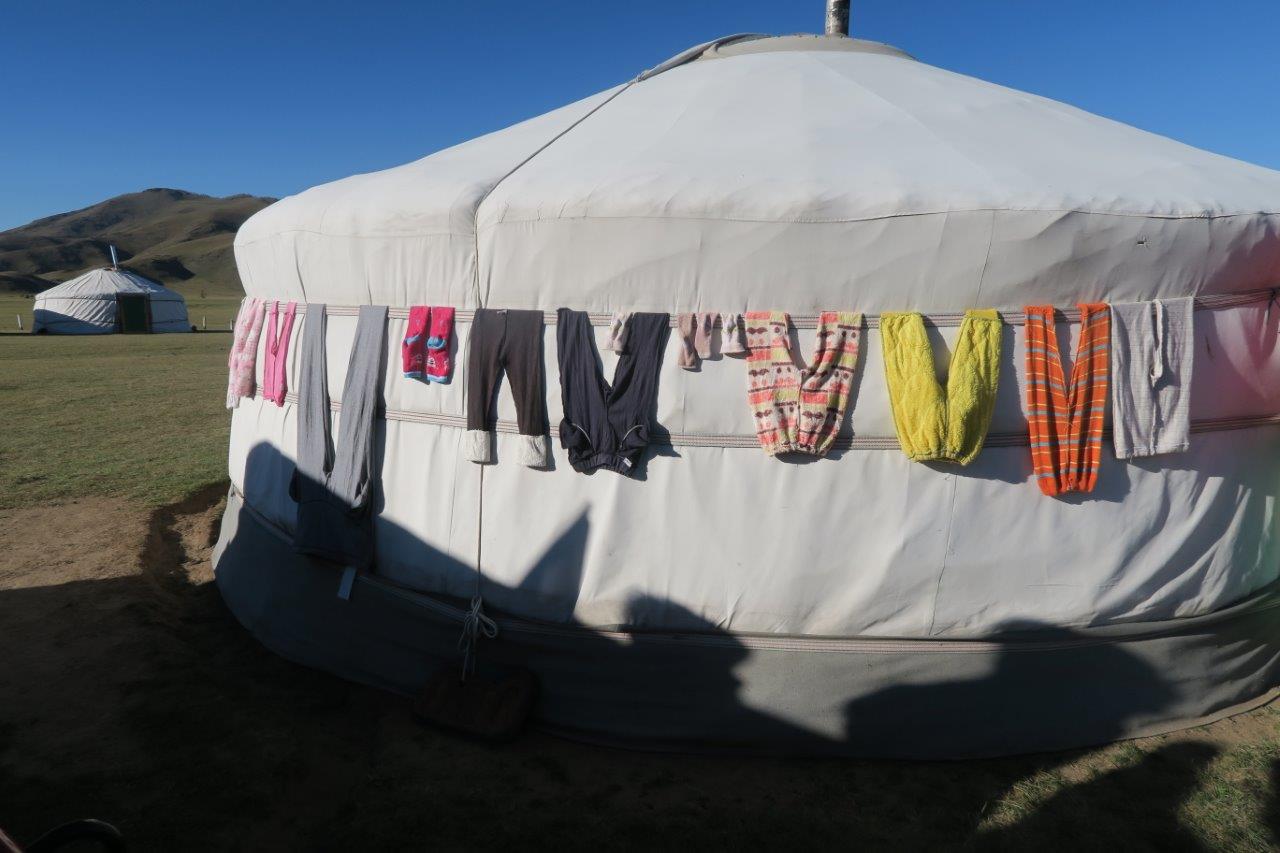
The Orkhon Falls is a pleasant surprise. From the top of the canyon, it appears that the waterfall literally cracked down from the earth surface. Not spectacular by world standards but enough of a WOW factor for a landlocked country that is more well known for its desert, steppe and grassland.
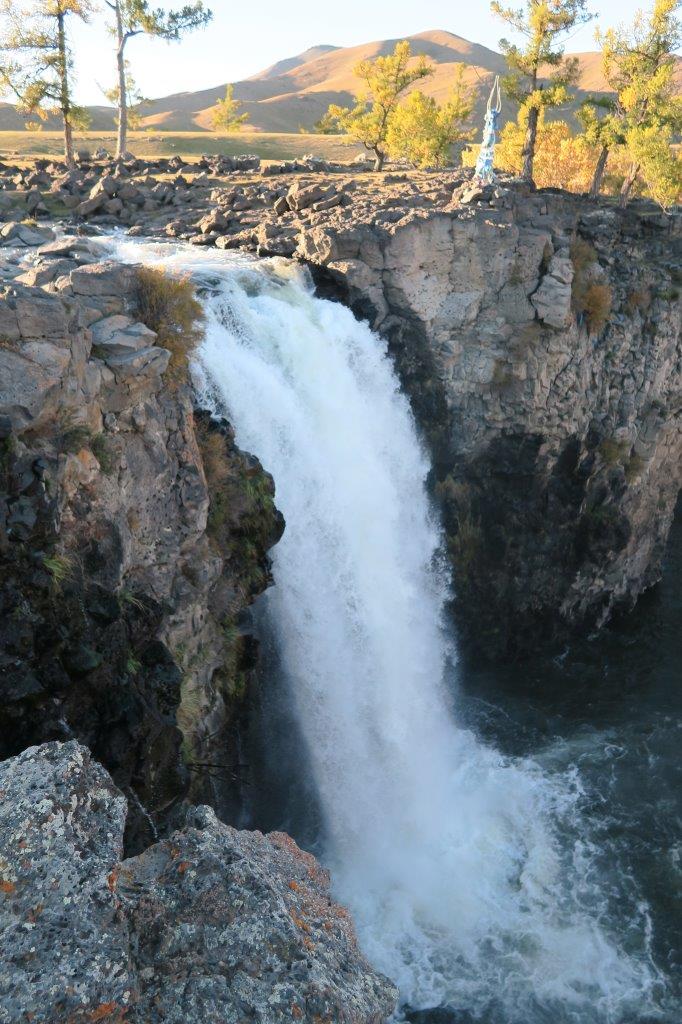
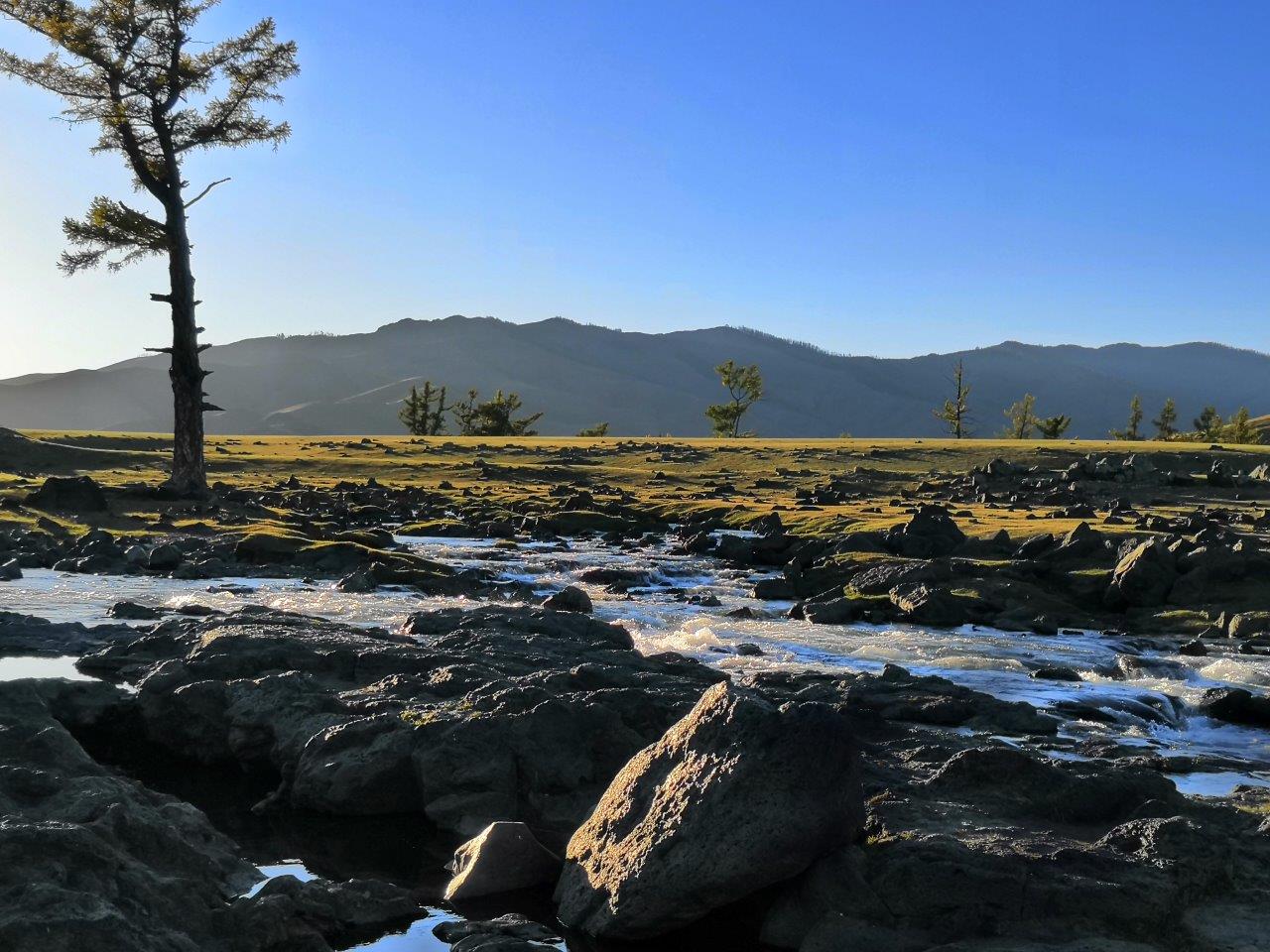
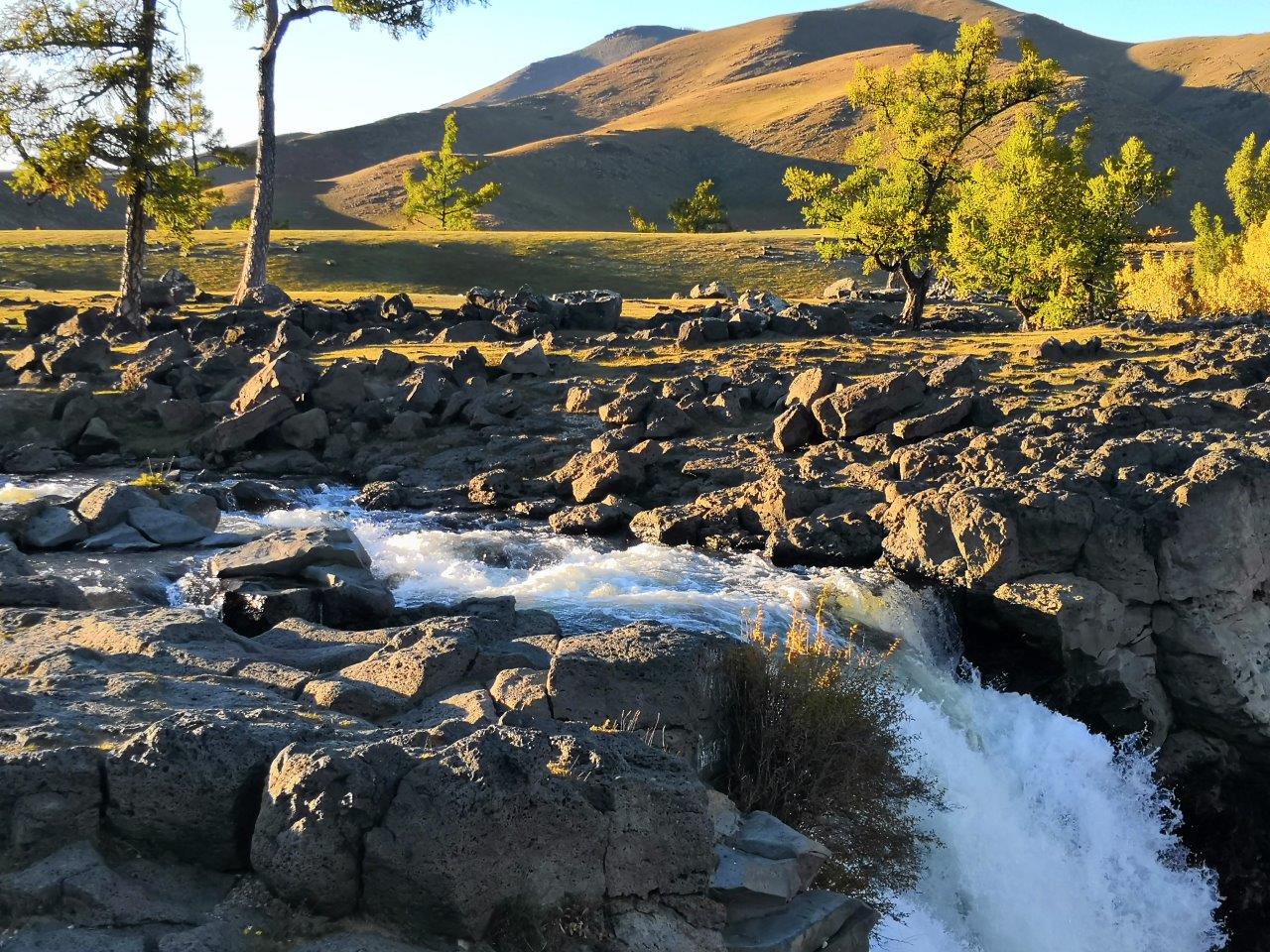
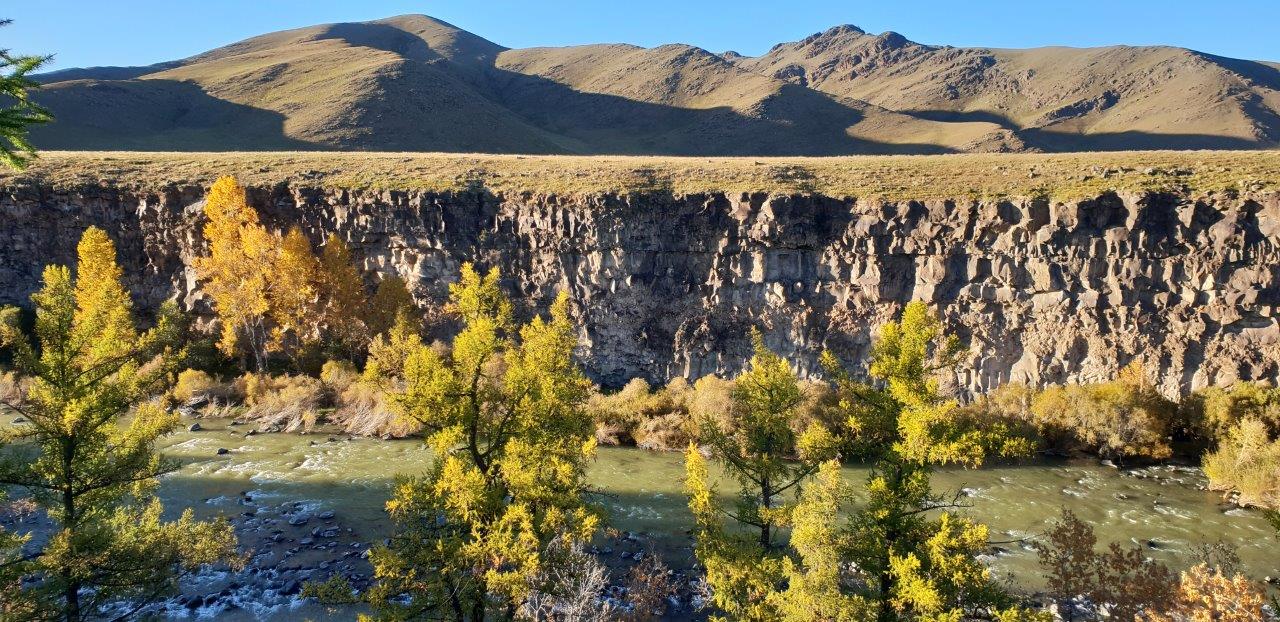
As I peered down from the top, I saw people wandering about below.
Finding a way down was challenging, as no clear trail presented itself. Having followed the river downstream for some distance, I was startled when a sheep emerged from the canyon. Not sure who was more surprised, we both froze for the longest minute, before Furball scampered away, followed by the rest of the herd.
Still holding my breath, I was totally ‘in the moment’, quietly enjoying the passing sheep train. Luckily, I recovered sufficiently to capture the last of the stragglers in action as they appeared at the top.
While it was tempting to use the path the sheep had taken, a quick look down convinced me that it would not be a good idea, as I was less sure-footed than the 4-legged furballs.
We backtracked to the steep opening about 250m downstream from the waterfall, which we had earlier discounted as too difficult. Carefully descending down the narrow opening of rocks, we reached the bottom of the gorge in 5 minutes.
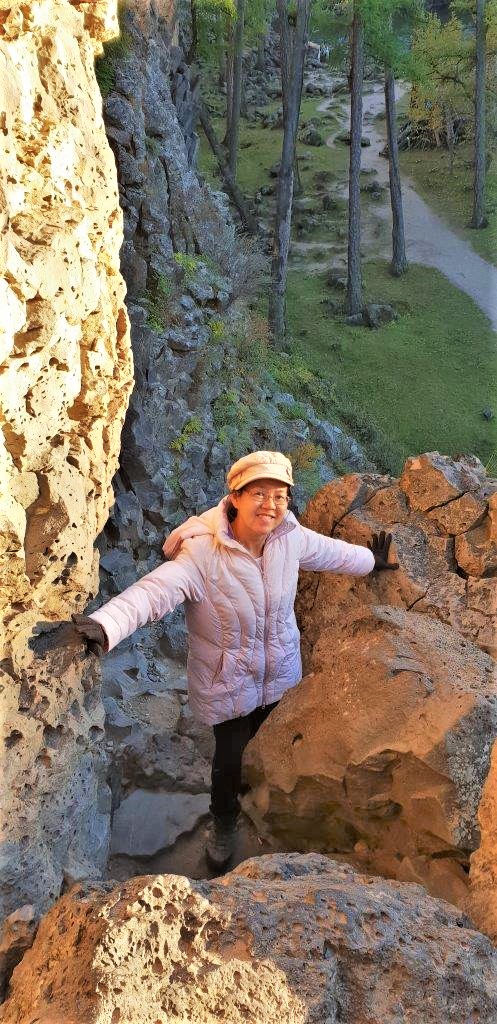
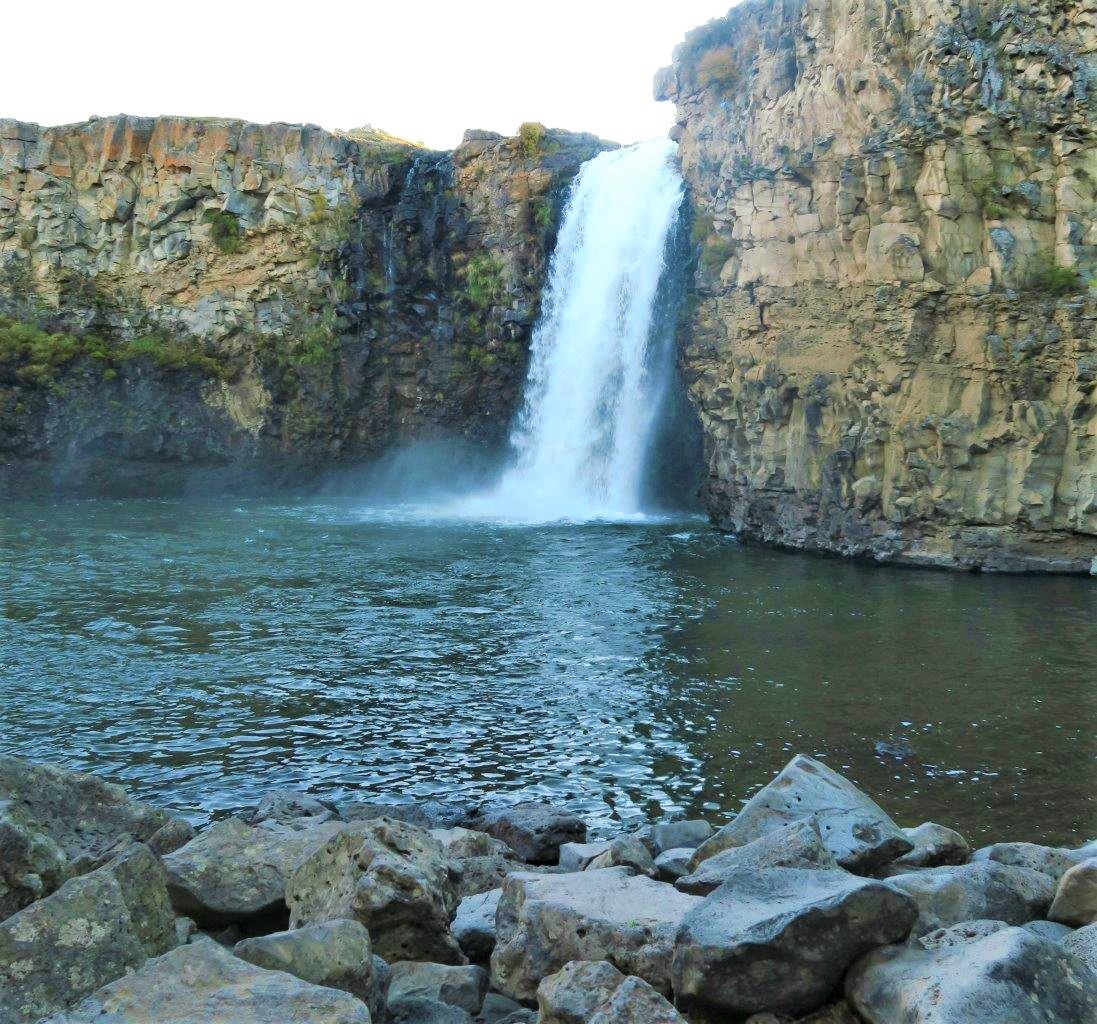
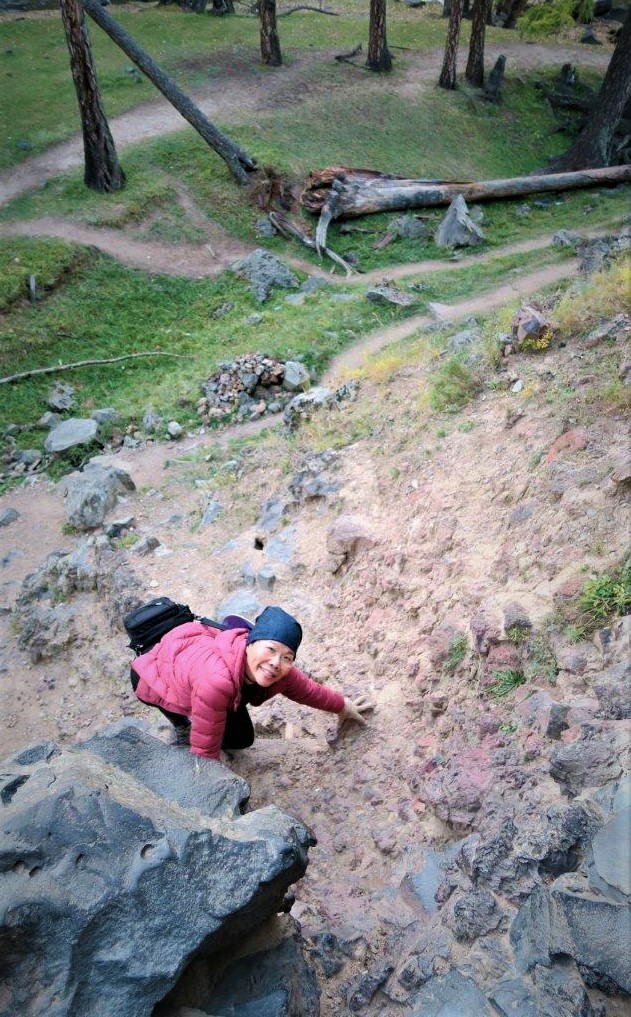
The view from here offers a whole new perspective. Dotted by pine trees, our exploration took us downstream of the wide river, where the autumn colours were truly mesmerising.
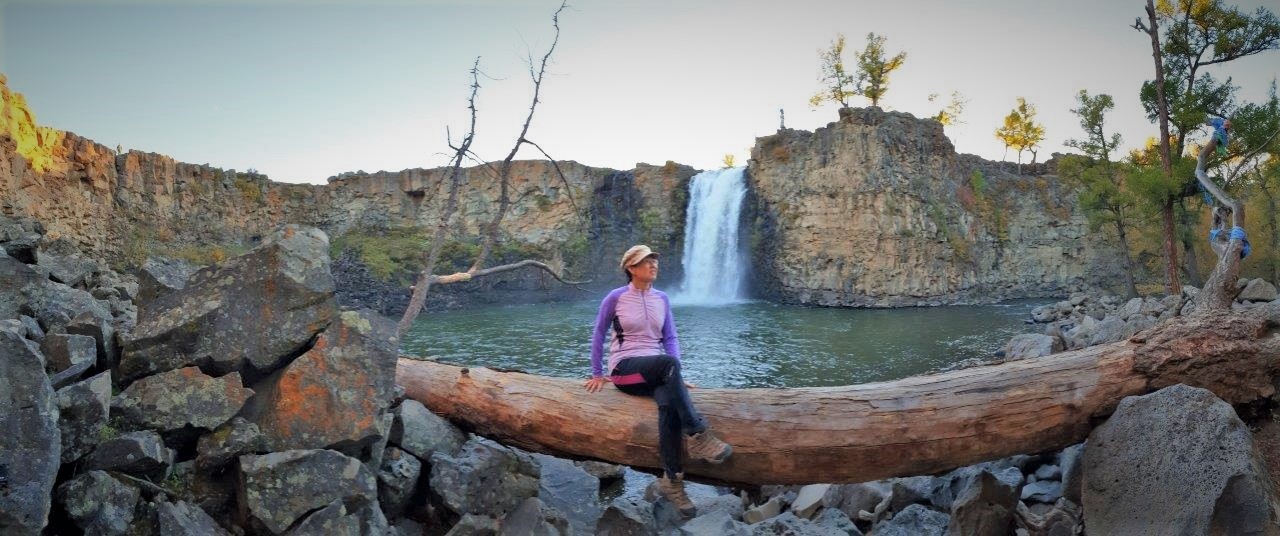
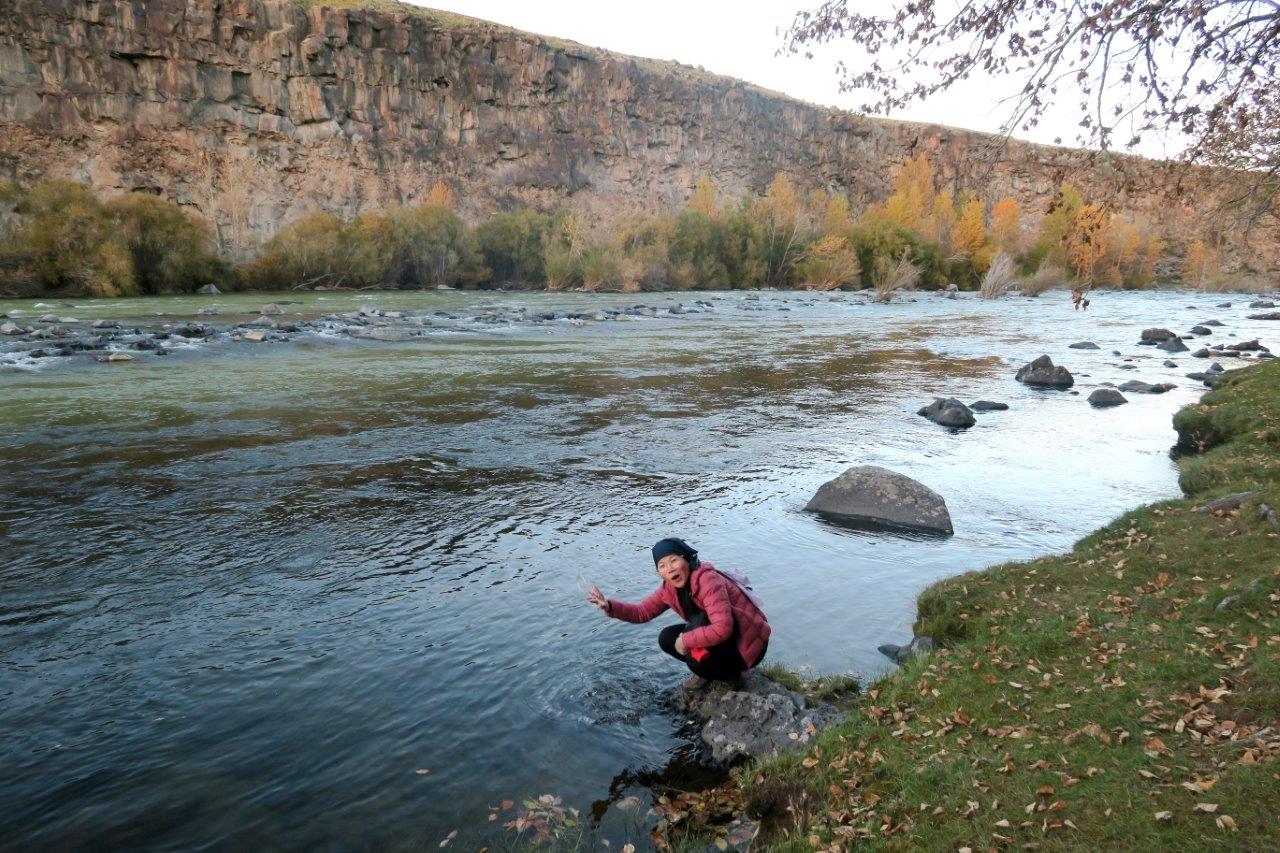
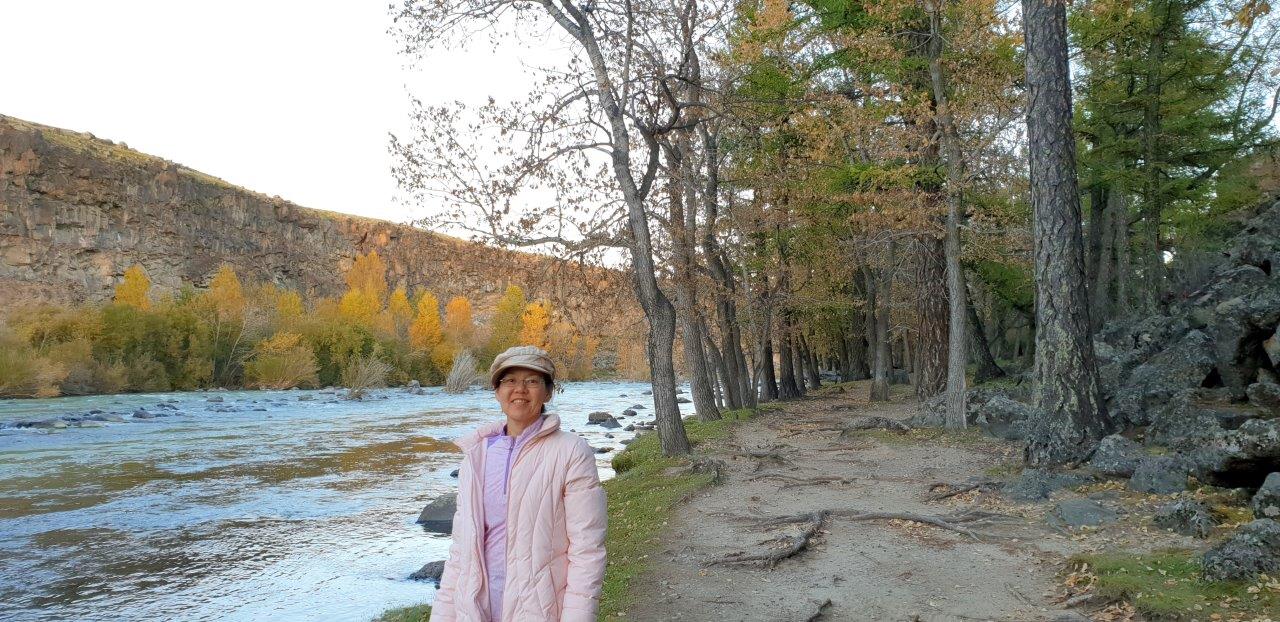
Early next morning, we decided to head out in the other direction, towards a copse of pine trees. I was bitterly cold the entire time with the blistering wind contributing to my discomfort. Walking past the grazing yaks, I wished I had the bovine’s dense long fur, as the sub-zero temperature did not seem to bother them.
In winter a yak can survive temperatures as low as -40C (-40F).
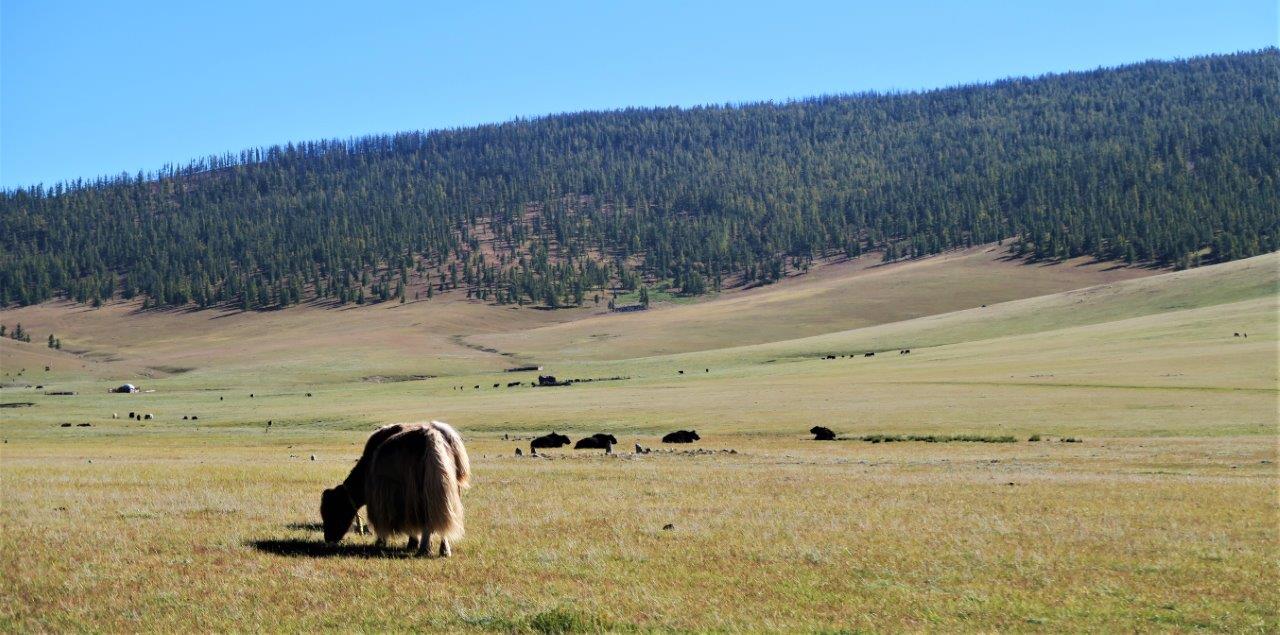
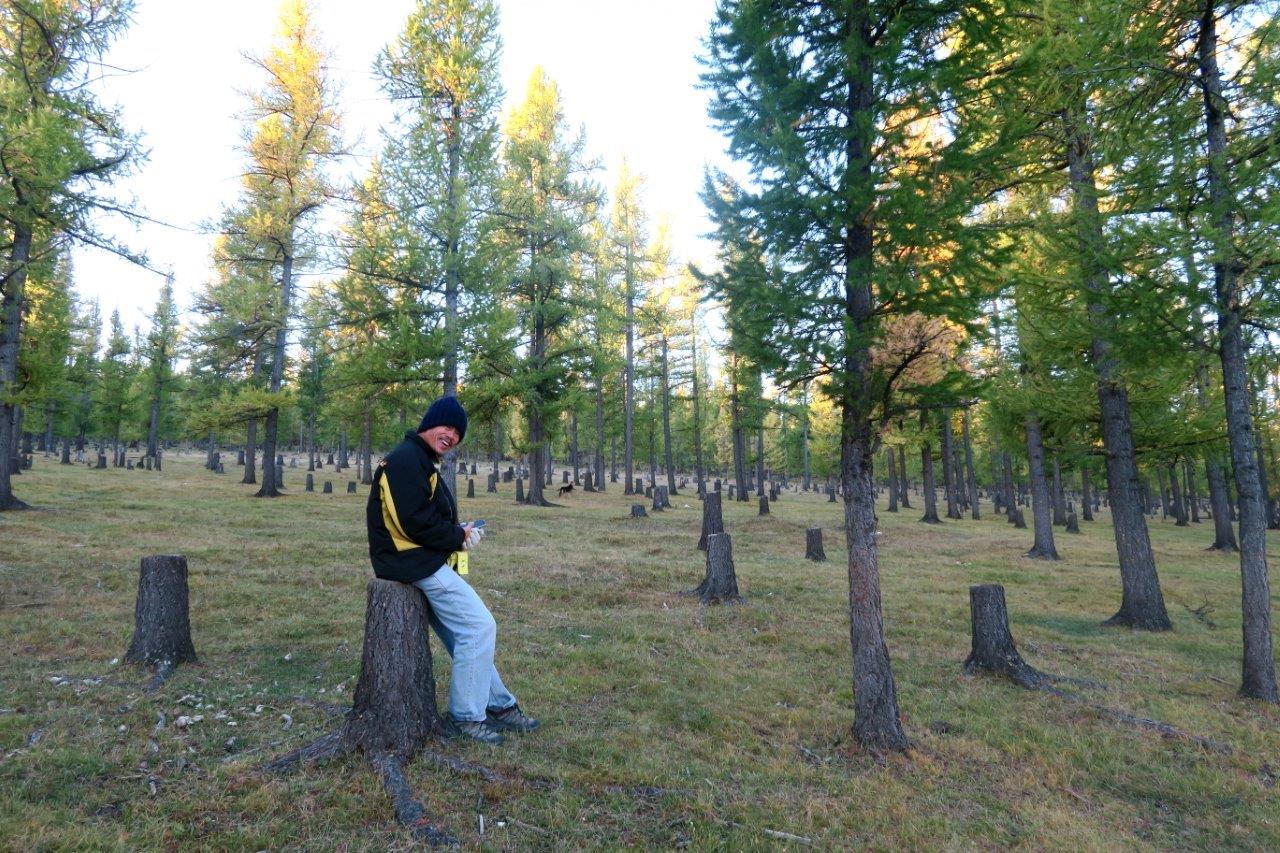
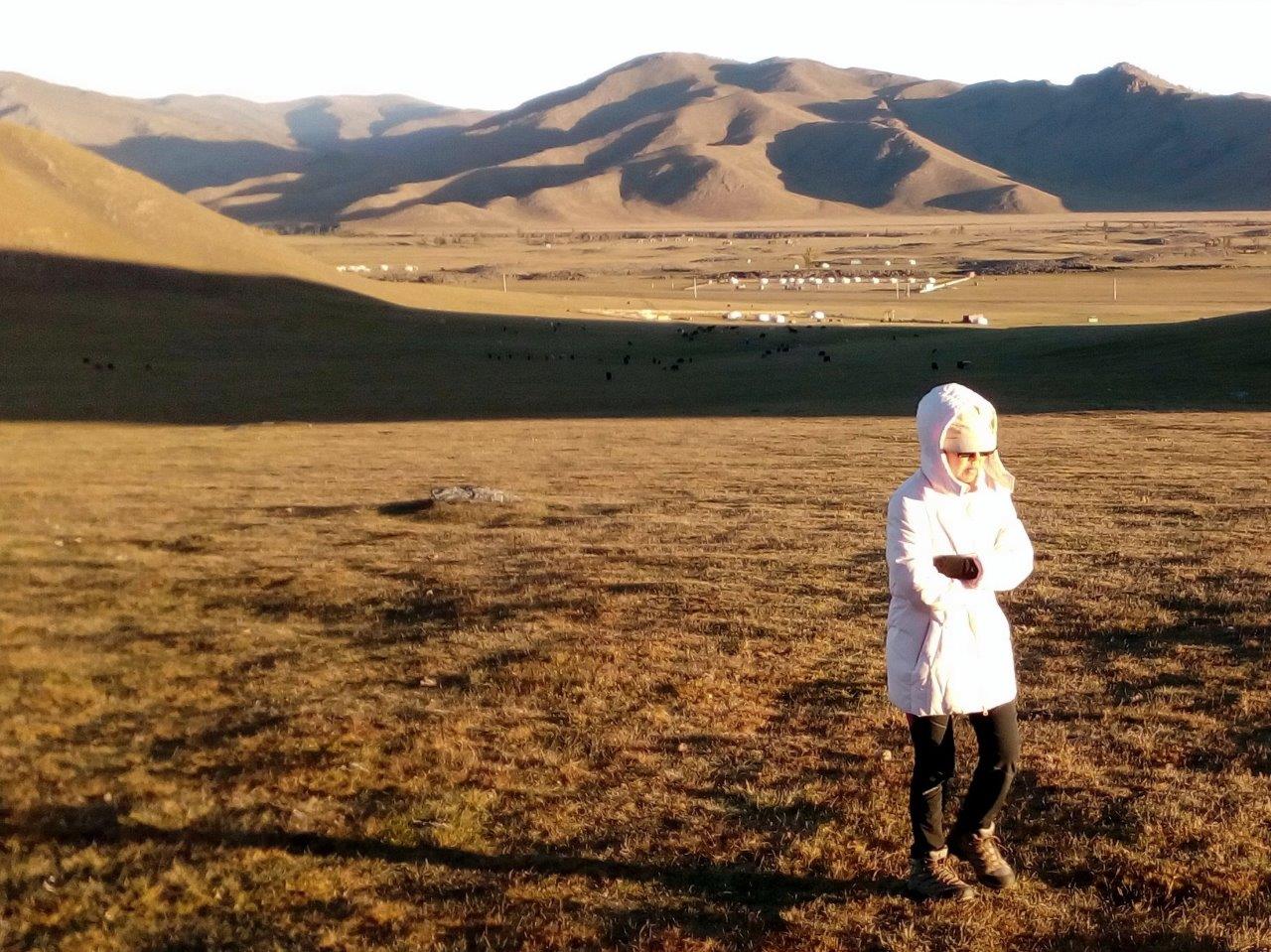
When we reached the pine forest, despite the peaceful surroundings as the first sun rays kissed the tops of the pine trees, I did not feel compel to linger. Totally frozen, my intent was to turn around and head straight back to our warm Ger. Chilled to the bone for over an hour, I finally felt sufficiently ‘thawed’ after multiple hot drinks and breakfast.
Orkhon Valley in Bat Ulzii sum, province of Ovorkhangai Located north of the province of Ovorkhangai, in the central part of Mongolia, about 360 kms (224 miles) Southeast of Ulaan Baatar, Orkhon Valley sits at the foot of the Khangai range. Orkhon River, the longest river in Mongolia with length of 1,124 kilometers (709 miles) originates from the Khangai Mountain Range before merging with the Selenge River to eventually reach Lake Baikal. The grasslands along the Orkhon River offer great conditions for settlement and the nomads here hold on to their traditional lifestyle to this day, grazing and watering their livestock in the valley. The 26m high and 10m wide Orkhon Falls or "Orkhonii Khürkhree" which translates to white waves flowing on the black stone, is located at the junction of the Orkhon River and its tributary Ulaan River.The water will only start to flow after the first good summer rain. Late July and August are the best times to visit, though it's still a very attractive spot in autumn. The picturesque steppes’ landscapes, surrounded by the verdant Khangai Massif, the rich fauna and flora, make this area the perfect place to discover the nomadic Mongolia in an enchanting leafy setting. It’s also very pleasant to ride horses and the valley is the point of departure for many hikes or treks in the surrounding mountains. Fishing or to biking in the mountains is also possible. Listed as a UNESCO World Heritage site since 1992, the National Park spans 121.967 hectares along the Orkhon River with an additional buffer zone of 61.044 hectares that is protected too.

Visited 16 September 2018
